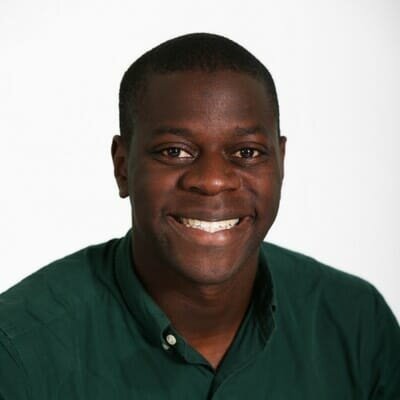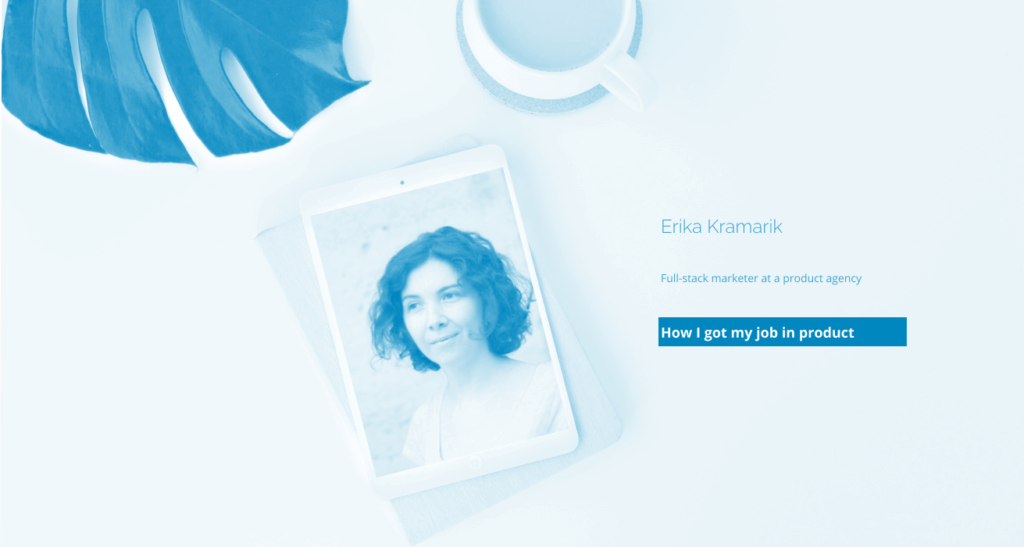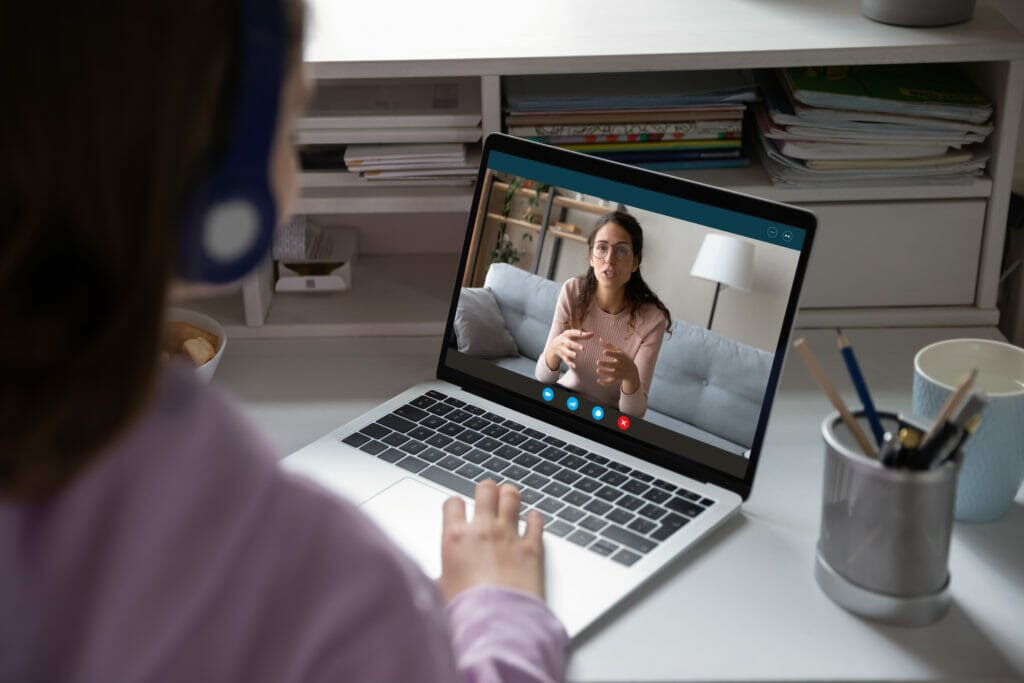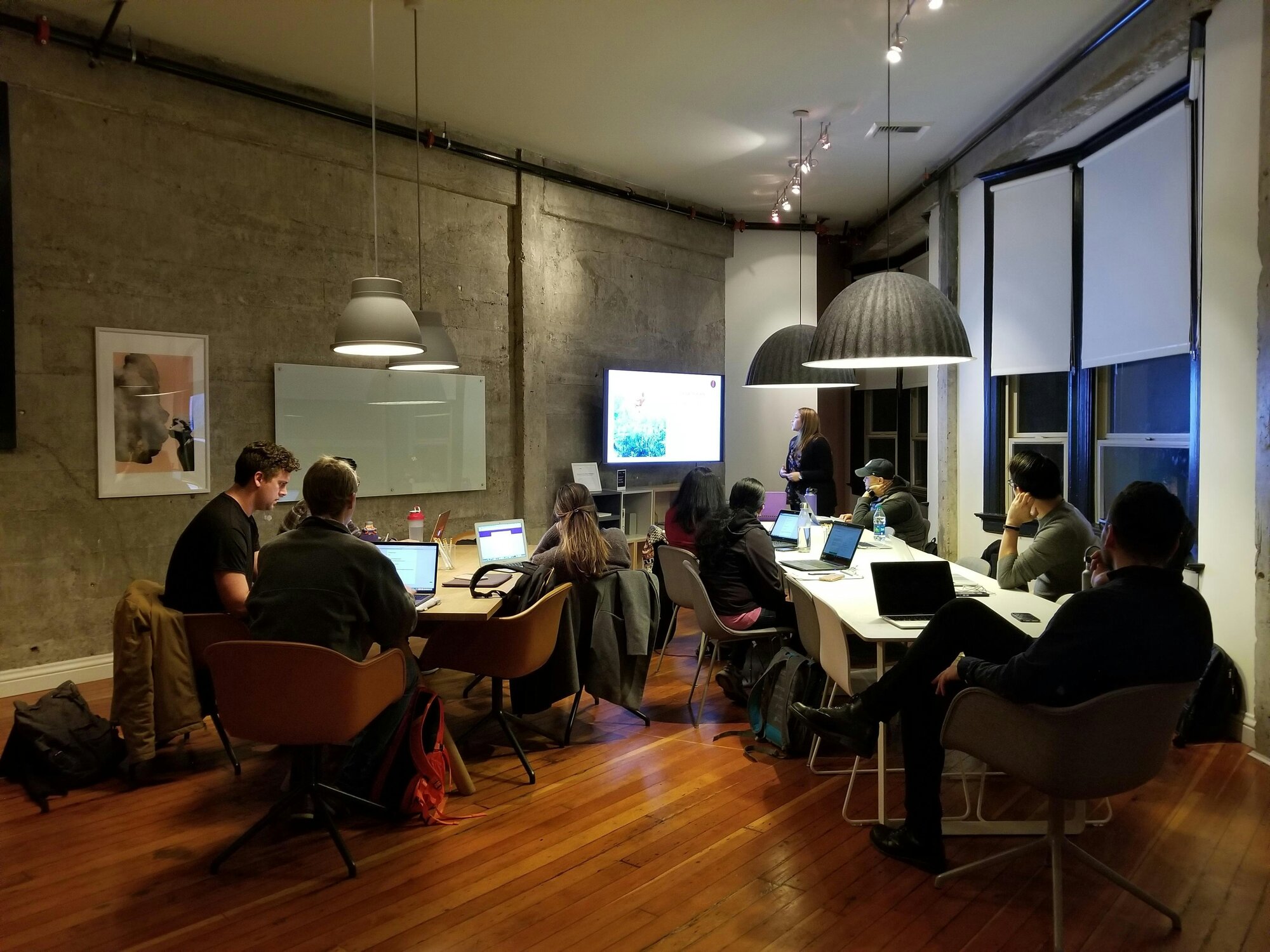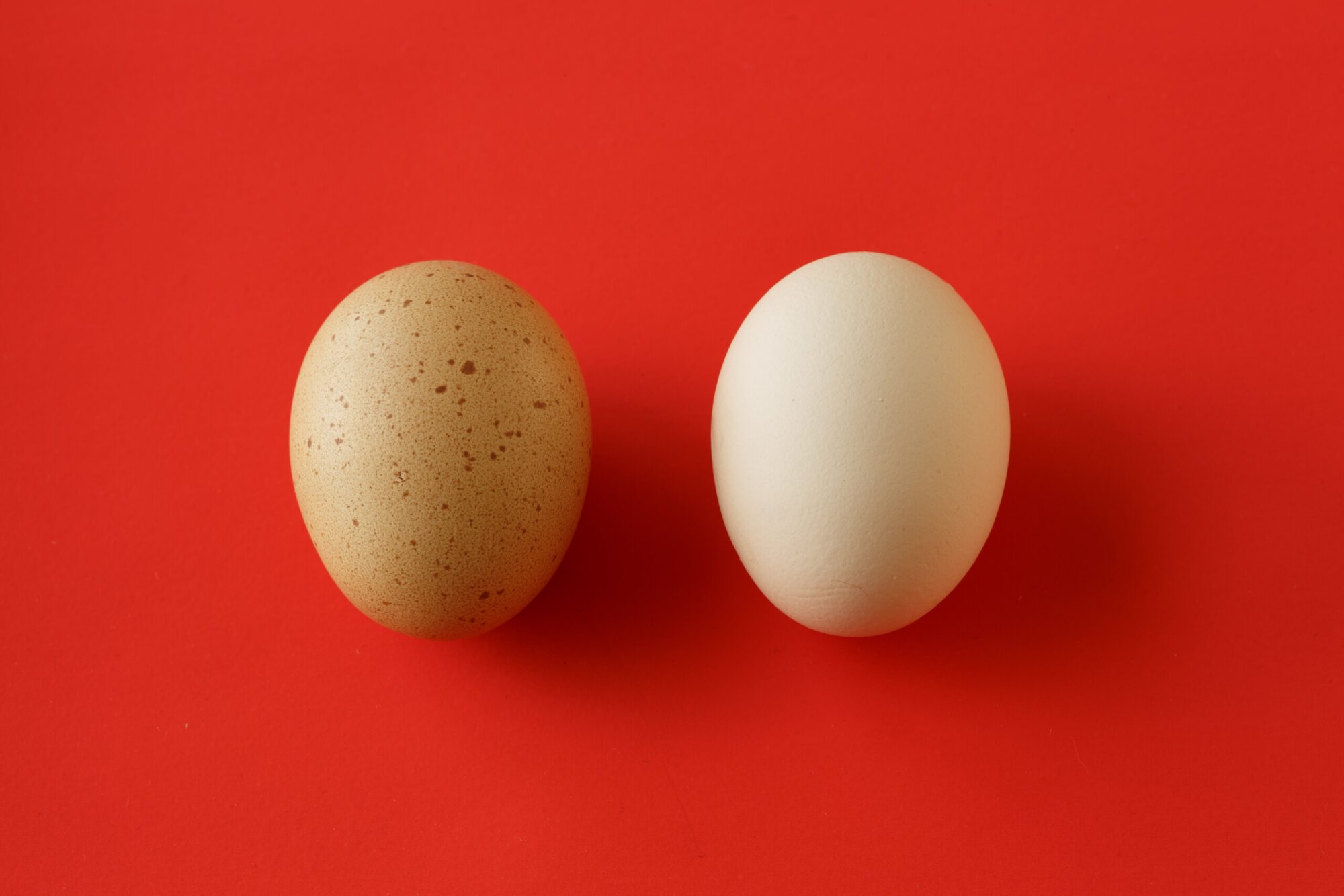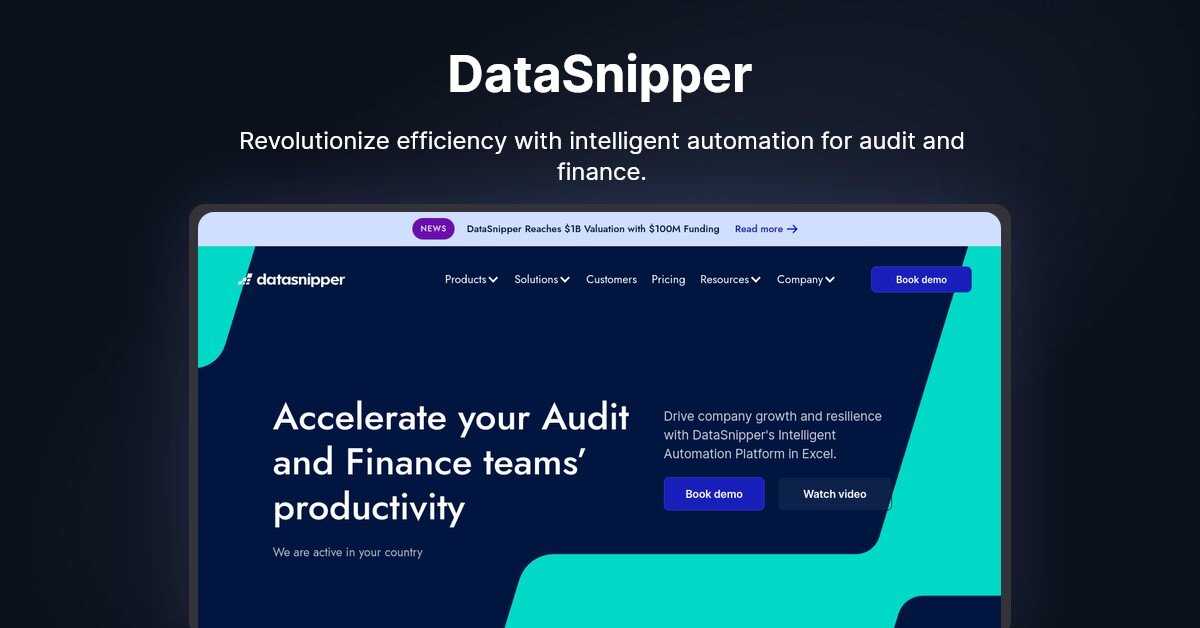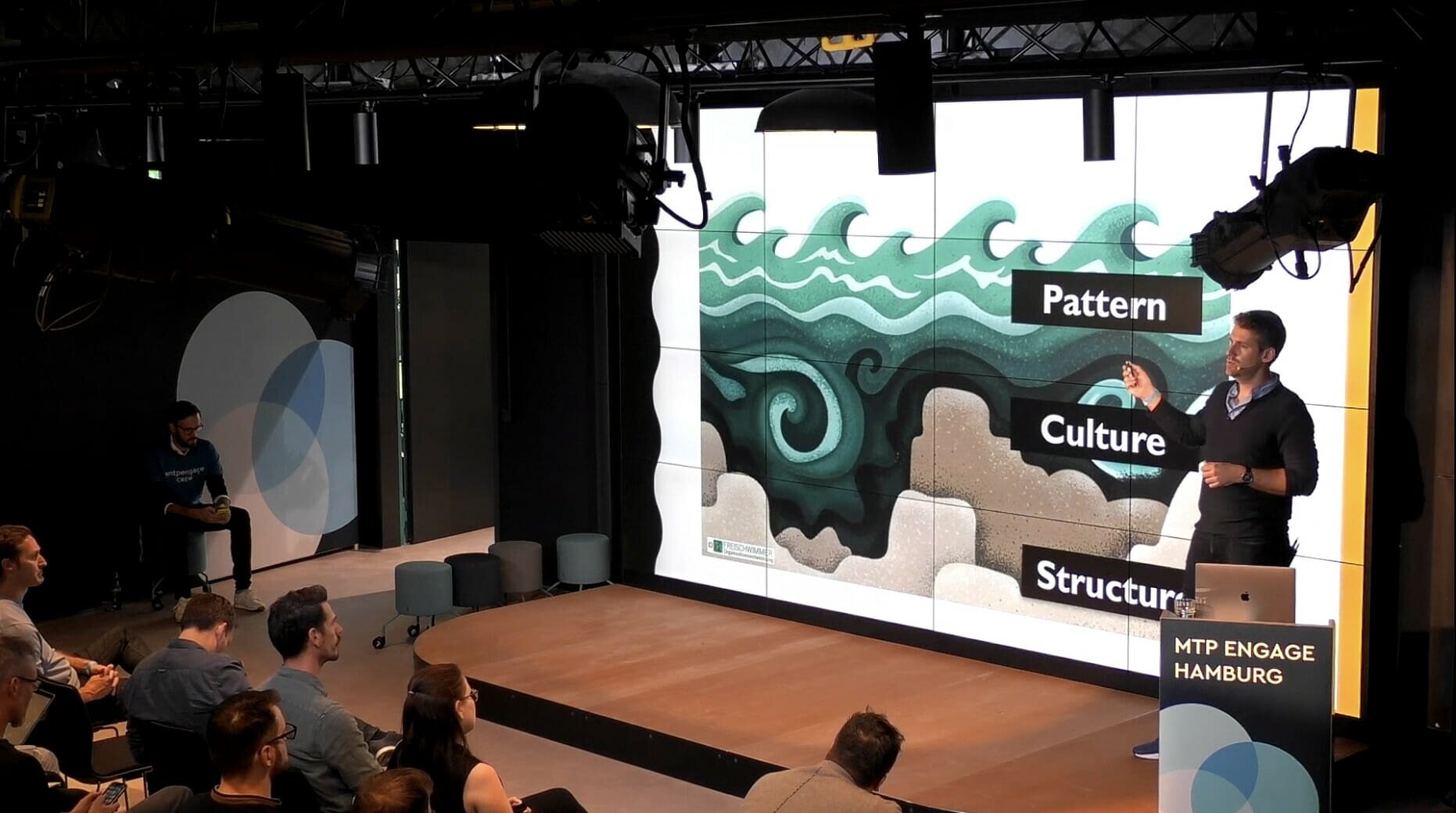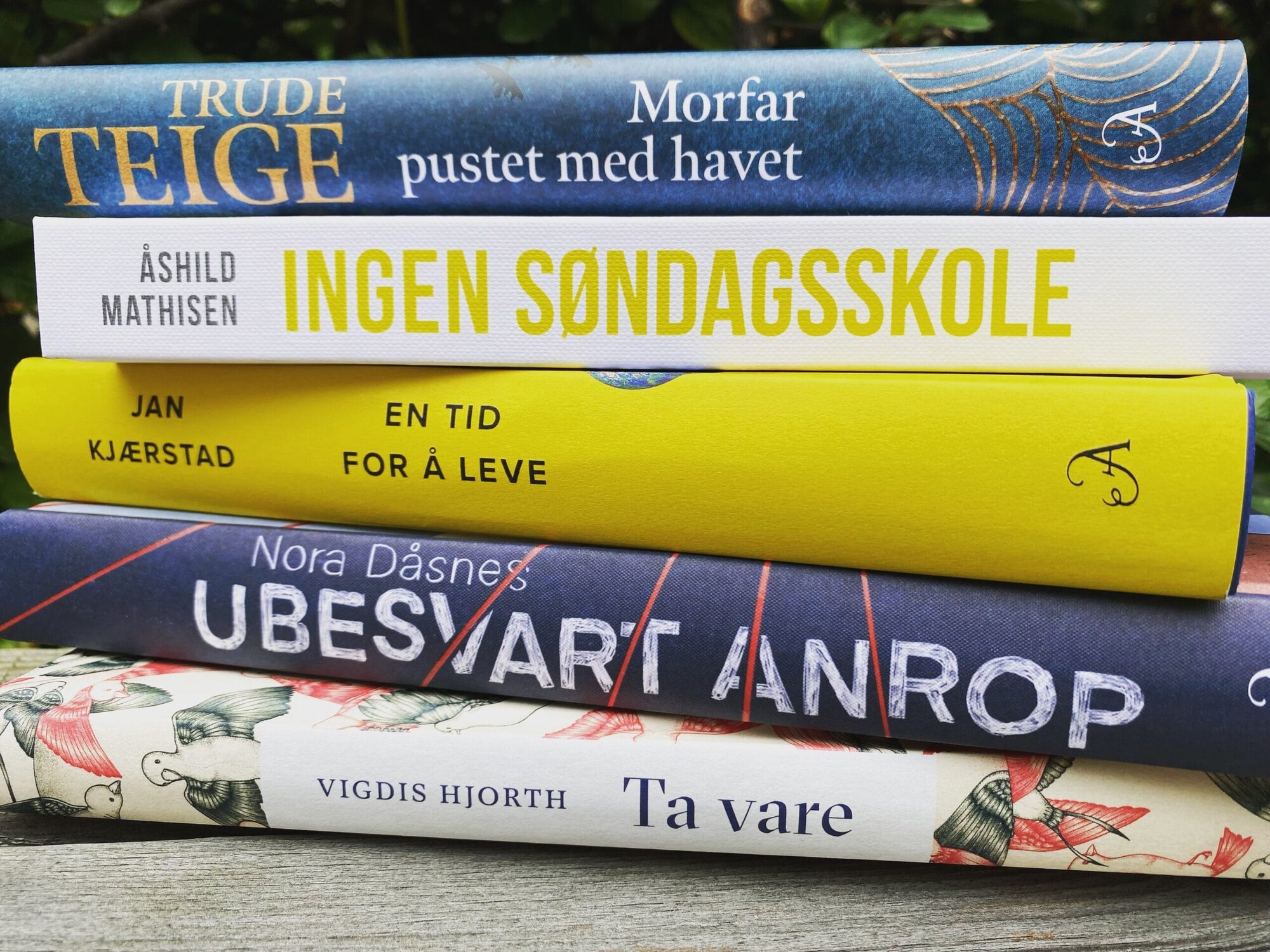Erika Kramarik is a full-stack marketer for a product agency, here’s how she transitioned from a non-tech career to a job in product.
Roles and responsibilities
My work entails mostly content creation for my company, early talks with founders, sharing their stories as they progress, and guidance on marketing and positioning for our clients. I don't have direct reports, but I work closely with a flexible team, who are either assisting with marketing-focused projects, or who I in turn help with UX writing or research for their clients.
It's interesting because I talk to people in all stages of working on products. Some come from non-tech backgrounds with great careers who are looking to fix problems or fill opportunity gaps, while others already have a product they're working on, and they're looking to make it better and scale it.
This can range from defining and designing their product to choosing a tech stack and developing the product for them. It also has a lot of education and cheerleading side to it, which I love.
What were you doing before your job in product?
I started out as a PR in nonprofit, but the specifics of the industry meant I was always juggling project management, volunteer engagement, grant writing, fundraising and account management for that, as well as marketing. I worked for a housing accessibility NGO, switched to an education program for NEETs to digital education for school children, and somewhere on the way got really interested in how tech could change the way businesses work and humans lived. It came a bit naturally to switch from empowering people to grow, to empowering founders to build good products.
No two product career journeys are the same. Discover how others have forged their paths.
What helped you most to get a job in product?
I have a BA in PR and Communication and took some UX classes. But what I feel helps me the most is my background in nonprofit. It's made me much more aware of how products can change social habits, integrate into society, as well as how features can include or exclude people and how to compensate for that
What was the job application process like?
I sent in my CV and some work samples and had two interviews. I actually requested the second one after I got the job offer, because working in a collaborative setting meant making sure I would have the room, support and resources to do my work.
The interview was in person, with the CEO and HR manager. The three of us covered my previous experience, I talked them through some of my work, but also the settings of teams I worked in previously, going through what worked and what didn’t work. We talked about how to educate founders, how to track our marketing efforts, how we can help our founders more on the business side. We also talked about what I felt comfortable/uncomfortable with when working. As I’m currently working mostly on my own, it helped to state my needs, find out where I needed support and discover where I could handle things on my own.
Tips on landing a role in product
- Be comfortable with asking many questions and understanding the specifics of each startup.
- Being an active listener and then turning these insights into useful content is very meaningful.
- Try not to always think about replacing the human connection with digital tools.
- Be able to do a market assessment, a competitor analysis, qualitative or quantitative research. This can affect how well you do your job and direct your creativity to more impactful areas.
How did you get your job in product?
Discover how others have forged their product paths in our How I got my job content series. If you have an interesting story to tell about how you landed your job in product we’d love to help you share it. Take this quick survey to get started!
